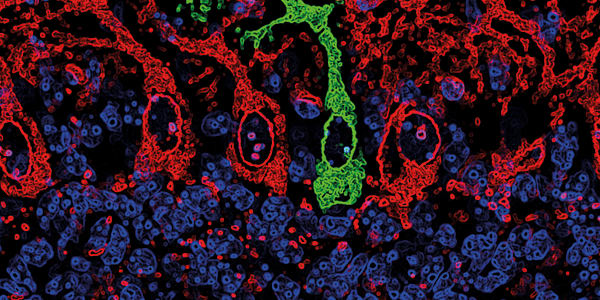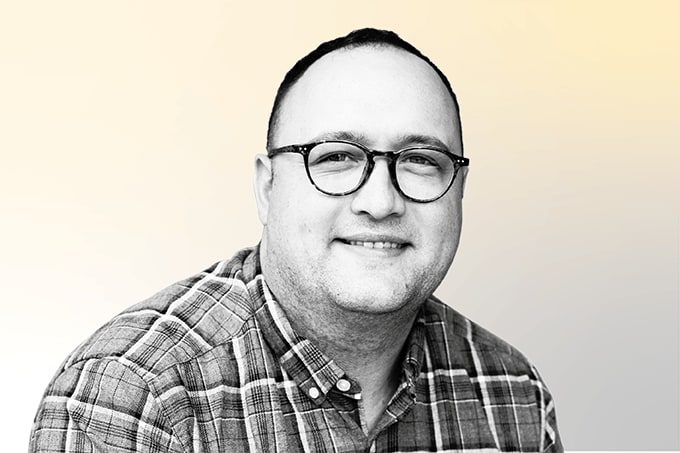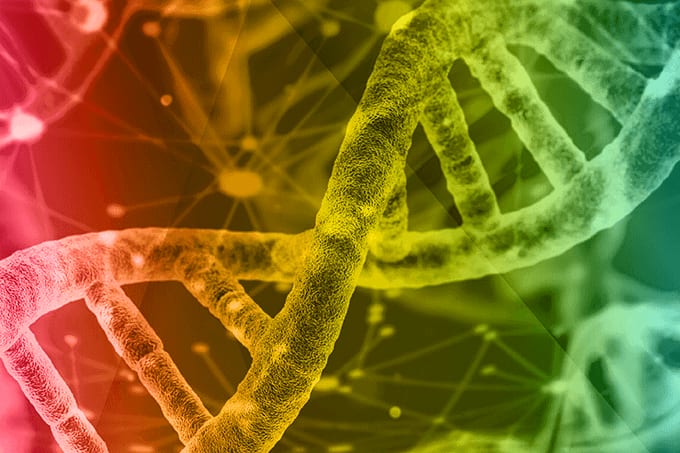Test

What initially attracted you to neuropathology? I got interested in the human brain in the 1980s working at a leading diagnostic neuroepilpsy clinic at the University of Minnesota – I thought it possessed tremendous complexity, but its susceptibility to diseases such as Alzheimer’s disease (AD) also fascinated me. A fantastic talk by Peter Davies inspired me further, and he actually ended up being my PhD mentor at Albert Einstein College of Medicine in New York. Everything I know about neuroscience I learned there. It was an amazing place.
You’re disappointed with lack of progress in AD. Why? Significant advances have been made in the diagnosis of AD. But, if you look at the therapeutic advances, they still unfortunately amount to very little. Thirty years on from starting my PhD there’s not a single drug on the market that does anything to really impact on the disease. There are some medicines that can help slow it down or help with symptoms, but these only work on a subset of people and only provide some benefit. Back in 1990, my then boss said to me, “Once you get AD, it’s all over. You need to understand what happens 50 years before it gets to that.” He was absolutely right. Looking at postmortem tissue from people with AD tells you very little. Disease susceptibility and factors that impact AD development happened long before you see the clinical features. I felt really despondent and thought, “I’m in a dead-end field – how am I going to make an impact?”
What ignited your interest in stem cells? I read a study by a Swedish group who, in the 1980s, transplanted human fetal tissue into the brain of Parkinson’s patients – their long-term clinical recovery was phenomenal. I thought that was very cool! But would it work in AD? So I did a post-doc in a neural transplantation lab at UCSD where we developed some of the first fetal-derived neural stem cells during the 1990s. When I moved to the UK from the US I brought that technology with me to Guys Hospital, London. When I started my lab in London, I planned to use human stem cells to develop therapies for brain diseases. It was a frustrating process; I could make the cells I wanted, but very quickly I’d lose them, because they’d change state. That’s why neural transplantation never really took off. And then – boom – human embryonic stem cells arrive.
And that was your next tricky step… Right. What started out as an email to Peter Braude – board member of the Human Fertilization and Embryology Authority (HFEA) and Head of the Assisted Conception Unit at Guys – led to the creation of a small group at Kings College London that consisted of me, Peter, and Susan Pickering. We had one goal: to produce human embryonic stem cells. We lobbied parliament, overcame slammed doors, and one day in 2002 I heard the lead story on BBC Radio 4: the HFEA had granted the first license in the world for human embryonic stem cell research. We did it! That was a really seminal event in my life. It categorically changed everything. What tempted you to join GE? At that time they were exploring some pretty cool areas related to stem cells. I’d never linked GE with cells or cell therapy, but they think way out of the box. And I’m not a conventional scientist; I push boundaries. So when GE asked me to join them, I was astonished. The first time I met my manager, he said, “You’re the kind of guy that’s going to keep me awake at night.” I’m now responsible for what we call “blue skies”, a tactic that explores where we might want to be in 20 years. It could be tissue printing, nano-neural prosthetics, microbiomic diagnostics, which are at the top of the list, but they’re actually more like five to ten years away. My CEO, John Dineen, is not your typical CEO of a Fortune 500 company. He’s a visionary. I was on the phone with him recently and he said, “Any company can make stuff that makes money, we’re making stuff that changes the world”.
Are you still following AD? Yes. I read an interesting paper the other day. Researchers are tracking thousands of patients who are double ApoE4 positive; apparently, these people have a roughly 80% chance of developing AD, independently of other amyloid mutations. Why haven’t others been doing this? We’ve known about the ApoE4 gene for 20 years! I’m going to follow up on it. Do you ever regret moving away from academia? When I washed up in the UK in 1996 I had nothing. When I got my own lab, it was pretty much empty, aside from a rusty water bath. But things turned around for me and though I loved academia, I would never go back. I never thought I’d work for a big company, I always thought I would have to give things up, but that’s not true. In fact, I’ve accomplished more in the last five years than in the last 20. I receive comments from people who think I’ve “sold out”, but what we do makes a huge impact. So, I’d unabashedly say, “No, I haven’t.”




